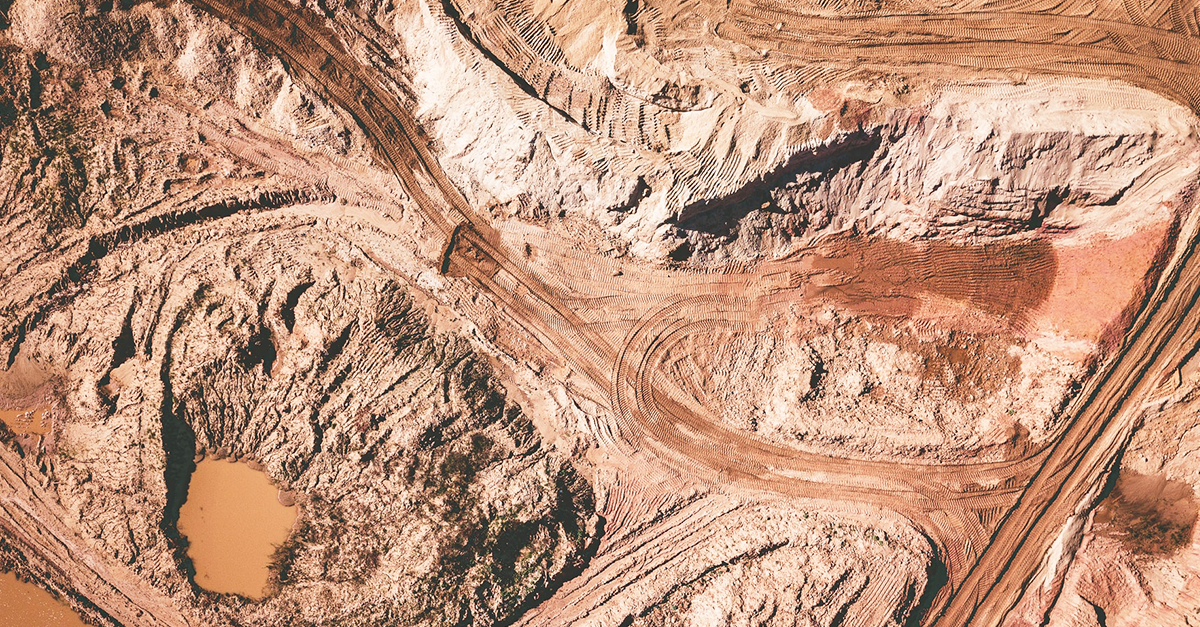INSIGHT
Momentum with commodities in 2021

Expect the commodity market to continue its strong momentum into 2021 amid an improving economic backdrop in the post-pandemic world. The recovery from the COVID-19 impact will accelerate as various vaccines roll out across the globe, further supported by ongoing fiscal and monetary stimulus.
This should create a strong global growth pulse, which is likely to see the US dollar weaken - normally a prerequisite for a rally in commodity markets. Many temporary supply side issues that have tightened markets may ease as COVID-related activity restrictions are lifted.
Beyond broad macro trends, we can also see rapidly evolving technology, and developments in new energy and low-carbon economics have a big impact on commodity markets. Metals are well placed to benefit, unlike the oversupplied energy sector.
Downside risks should not to be dismissed. The strong rally in 2020 combined with extreme positioning by investors raises a risk the improvement in the growth outlook may already have been priced in.
Rising geopolitical tensions remain a risk. How the incoming US administration tackles issues such as the Iran nuclear deal, Venezuela’s governance and the trade dispute with China will set the tone around which commodity markets will operate.
Reshape
Among the biggest factors for commodities in 2021, China’s transition to a low-carbon economy has the potential to reshape the market. The country’s recent five-year plan moved from economic growth targets to a focus on technological innovation and environmental sustainability.
This included broader range of economic and social objectives, particularly technological development. Specific policies targeting the auto, real estate and energy sectors could have an impact on commodity markets in medium to long term.
China’s carbon emissions are set to peak in 2030, allowing the country to become carbon neutral by 2060. This should see changes in the energy mix and strong growth in the consumption of metals used in the creation of alternative energy infrastructure.
Investments in technology and innovation – including semi-conductor, 5G technology and electric vehicles (EVs) – will also stimulate demand for critical metals. And a push toward urbanisation and higher household income should support domestic consumption and strong commodity demand.
Impact
The current La Niña phase of the Southern Oscillation climate pattern could have sizeable impacts on the demand and supply patterns of several commodities in 2021. In simplistic terms, it causes heavy rains in Australia, Asia and West Africa and drought in the Americas.
The colder than average temperatures it brings to China are likely to lift energy consumption, in particular thermal coal in the north of the country and LNG.
Cyclones and rain during the last major La Niña event shut down two-thirds of the global seaborne coking coal market.
In the Atlantic, hurricanes are also likely to disrupt Gulf of Mexico offshore oil production, which accounts for 17 per cent of US crude production. However, this could be mitigated by lower demand if the area’s refineries also shut.
Correlation
The ‘financialisation’ of commodity markets has been discussed in several studies that conclude investors are having an increasing impact on volatility and correlation. This trend is likely to continue in 2021.
Research has found the prices of non-energy commodities increasingly correlate to oil prices. As a result, the supply-demand relationship may no longer be the main determiner of the price of a commodity. Prices are also being determined by the aggregate risk appetite for financial assets and the investment behaviour of diversified commodity index investors.
Getting a complete and comprehensive picture of total investor allocation of commodities is difficult due to the number of avenues through which investors can invest - particularly unlisted vehicles. However, the explosion in exchange traded funds (EFT) and products are enabling us to get a sense of flows into and out of the commodity sector.
Funds under management in commodity ETFs hit $US 257 billion in 2020, up 58 per cent year on year, according to Bloomberg data. The precious metals sector was the primary driver, contributing 90 per cent of those gains (in dollar terms). However, funds under management remain well below previous peaks.
The outlook is strong and investor sentiment is likely to remain positive for the sector in 2021.
Daniel Hynes is Senior Commodity Strategist at ANZ
This story is an edited version of an ANZ Research report. You can read the original report HERE.
This publication is published by Australia and New Zealand Banking Group Limited ABN 11 005 357 522 (“ANZBGL”) in Australia. This publication is intended as thought-leadership material. It is not published with the intention of providing any direct or indirect recommendations relating to any financial product, asset class or trading strategy. The information in this publication is not intended to influence any person to make a decision in relation to a financial product or class of financial products. It is general in nature and does not take account of the circumstances of any individual or class of individuals. Nothing in this publication constitutes a recommendation, solicitation or offer by ANZBGL or its branches or subsidiaries (collectively “ANZ”) to you to acquire a product or service, or an offer by ANZ to provide you with other products or services. All information contained in this publication is based on information available at the time of publication. While this publication has been prepared in good faith, no representation, warranty, assurance or undertaking is or will be made, and no responsibility or liability is or will be accepted by ANZ in relation to the accuracy or completeness of this publication or the use of information contained in this publication. ANZ does not provide any financial, investment, legal or taxation advice in connection with this publication.




